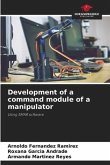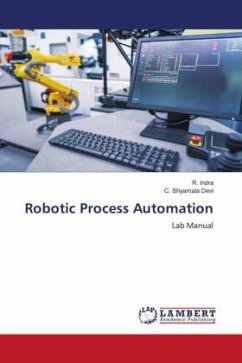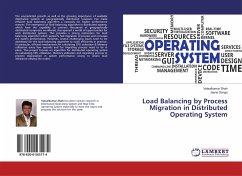Most robot applications require rigidity. Serial robots may achieve this by using high-quality rotary joints that permit movement in one axis but are rigid against movement outside this. Any joint permitting movement must also have this movement under deliberate control by an actuator. Parallel robots take an alternate approach. Each chain is usually short, simple and can thus be rigid against unwanted movement (compared to the serial arm). Inertia forces exist wherever parts having mass are accelerated. The forces are important internally because the parts themselves must be designed to perform satisfactorily under all combinations of inertia and service loads. They are also important externally because the resulting external or shaking force becomes a disturbing force on the supporting frame and associated parts This book show a balancing procedure of an existing robot CaPaMan 2bis and offers a new design of it using a rapid prototyping technology.
Bitte wählen Sie Ihr Anliegen aus.
Rechnungen
Retourenschein anfordern
Bestellstatus
Storno








